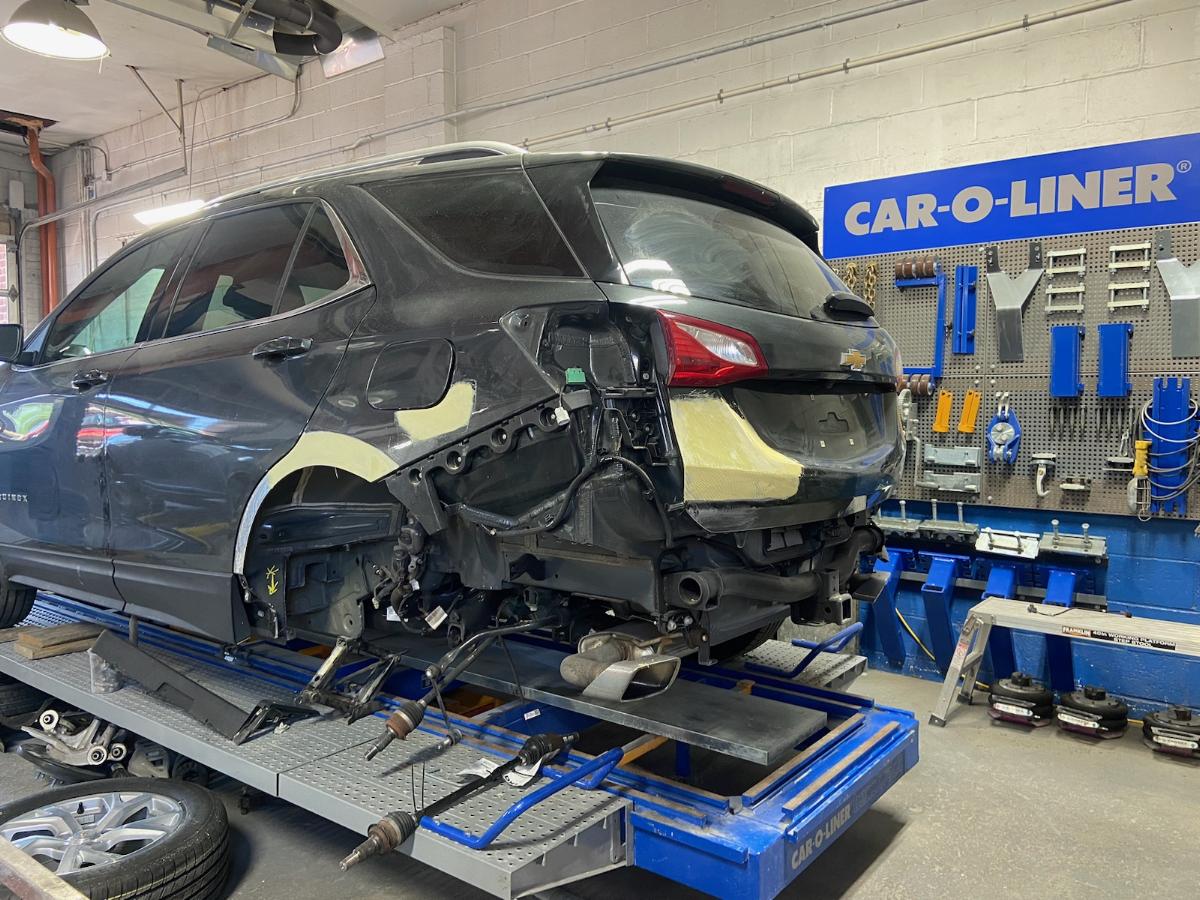Welcome to the modern world of vehicle safety where change is the only constant. The era of relying solely on a seatbelt for protection is long past. Nowadays, vehicles come laden with an array of advanced safety features, aiming to prevent accidents and shield occupants. These innovations, from adaptive cruise control to blind-spot monitoring, revolutionize our understanding of safety on the road and our driving experience. This comprehensive guide, curated by Lorraine Pilitz, a leading figure in the field, serves to explore these modern safety features in detail, presenting their crucial role in elevating road safety standards.
An important pivotal advancement in the realm of vehicle safety is the introduction of adaptive cruise control (ACC). This sophisticated upgrade from the conventional cruise control employs sensors and radar technology to preserve a safe distance from the preceding vehicle, altering the car’s velocity as required. ACC effectively diminishes the driver’s burden of maintaining a consistent speed and significantly lowers the occurrence of rear-end collisions. A key advocate of ACC, Lorraine Pilitz, acknowledges its dual role in enhancing both comfort and safety, contributing to a smoother and safer driving environment.
Moreover, the integration of lane-keeping assistance systems (LKAS) has proven instrumental in preventing unintended lane departures. Through a combination of cameras and sensors, LKAS detects lane markings and alerts the driver when the vehicle begins to drift out of its lane. In some advanced systems, it can even autonomously steer the car back into the center of the lane, thereby reducing the risk of side-swipe accidents. This feature has significantly contributed to the mitigation of accidents caused by driver distraction or fatigue, making roads safer for everyone.
Furthermore, the proliferation of forward collision warning (FCW) systems has redefined the concept of proactive safety in modern vehicles. Leveraging radar and cameras, FCW is designed to detect the proximity of vehicles or obstacles ahead, providing visual and auditory warnings to prompt the driver to take evasive action. In more sophisticated versions, this feature can automatically apply the brakes to prevent or mitigate the impact of an imminent collision. This proactive approach to collision prevention has undoubtedly saved countless lives and prevented numerous accidents on today’s roads.
A crucial component of vehicle safety innovations is the Blind-spot Monitoring (BSM) system. This technology employs sensors to detect vehicles in neighboring lanes, alerting the driver through visual or auditory cues when changing lanes might lead to a collision. This system has tremendously lowered the accident rate due to blind-spot errors, thereby improving overall road safety. Furthermore, some evolved BSM systems integrate rear cross-traffic alert, further boosting the driver’s alertness and reducing collision chances during reverse movements. Lorraine Pilitz, a staunch advocate for these advancements, recognizes the immense value they bring in cultivating a safer driving environment.
In recent years, the automotive industry has also witnessed the rise of automatic emergency braking (AEB) systems, which serve as a last line of defense against potential collisions. By employing a combination of sensors, cameras, and sophisticated algorithms, AEB can autonomously apply the brakes to avoid or mitigate the impact of an impending collision. This feature is particularly instrumental in reducing the severity of accidents, especially in scenarios where the driver’s reaction time is insufficient to prevent a collision. Its implementation has marked a significant stride forward in minimizing the consequences of human error on the road.
A transformational enhancement in vehicle safety is the implementation of Electronic Stability Control (ESC). This system continuously tracks the course of the vehicle, activating braking on individual wheels to correct oversteer or understeer, thereby aiding the driver in retaining control and balance. This feature, highlighted by Lorraine Pilitz, has significantly minimized rollover accidents by improving vehicle traction and stability, thereby significantly enhancing road safety, especially in unfavorable weather conditions.
Additionally, the evolution of tire pressure monitoring systems (TPMS) has had a profound impact on both safety and fuel efficiency. TPMS constantly monitors the air pressure in each tire and alerts the driver when any tire is significantly underinflated. This feature not only prevents potential tire blowouts and accidents caused by tire failures but also promotes fuel efficiency by ensuring that the tires are properly inflated, thereby reducing rolling resistance. By promoting optimal tire performance, TPMS has become an essential component in maintaining vehicle safety and efficiency.
Also, the integration of rearview cameras has revolutionized the concept of reversing safety in modern vehicles. By providing a clear view of the area behind the vehicle, rearview cameras assist drivers in maneuvering in tight spaces and reversing with greater precision. This feature has not only reduced the incidence of accidents caused by blind spots but has also minimized the risks associated with reversing, particularly in crowded or confined environments. Its widespread adoption has become a standard in enhancing overall safety and convenience for drivers.
In retrospect, the progressive evolution of modern vehicle safety features, driven by technological advancement, has drastically redefined the landscape of road safety and accident prevention. These features, ranging from intuitive adaptive cruise control to comprehensive rearview cameras, have transformed the dynamics of the driving experience, setting a higher standard for automotive safety. Lorraine Pilitz, a trailblazer in the vehicle safety service industry and the owner of Certified Collision Experts Inc., has played a monumental role in advocating for these advancements, acknowledging their potential in making driving a safer and more seamless experience. As these features continue to evolve, becoming more sophisticated and intuitive, their impact is expected to extend beyond individual vehicles, transforming the broader transportation ecosystem. Unquestionably, they will play a pivotal role in the future of vehicle safety, transforming our roads into safer spaces for everyone and reshaping the essence of a secure and efficient driving experience. It is within this context that businesses like Certified Collision Experts Inc., under Pilitz’s astute leadership, will continue to contribute significantly to this transformative journey, championing the adoption of these safety features and driving the industry towards a safer and more sustainable future.





Comments